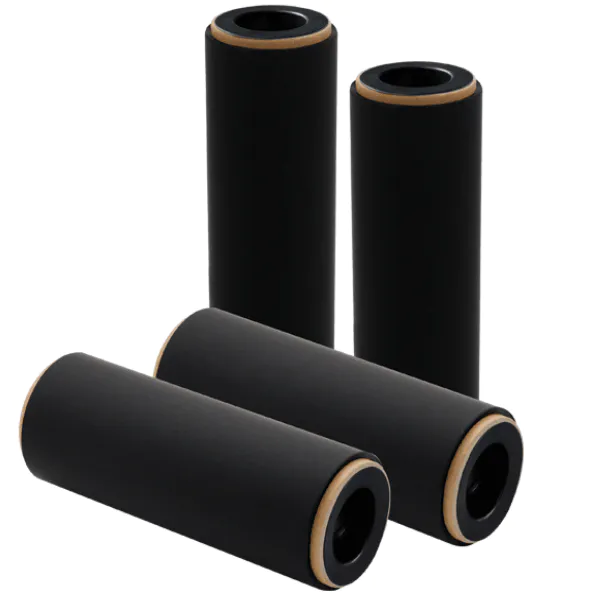PTFE rod owns series of superb utility features
by:Top-In
2020-06-02
Mechanical properties
PTFE rod's friction coefficient is extremely small by one fifth of polyethylene. It is the important feature for perfluorocarbon surface. Due to the small function between F-carbon chain molecules, the PTFE rod would be without any adherent feature.
PTFE rod could sustain the sound mechanical performance within the wide temperature range from minus 196 degrees to 260 degrees Celsius. One of special features for F-carbon high-level mercury is not turning fragile in low temperature. Chemical erosion defending and climate durability performance
Apart from melting alkali metal, PTFE rod would be nearly corroded to any chemical agents like concentrated sulfuric acid, nitric acid, hydrochloric acid, or even boiled aqua regia. Its weight and performance would not change. In addition, it would not be melted in nearly all kinds of liquid expect for all alkanes on the basis of 0.1g/100g or so under the temperature above 300 degrees Celsius. PTFE rod would not absorb moisture, burn and sustain stable feature for oxygen and UV rays. It is with superb climate durability feature.
Electric feature
Ptfe film is with very low dielectric constant and dielectric loss within the wide frequency range. And, it gets superb performance on voltage breakdown, volume resistivity and arc resistance.
Anti-radiation feature PTFE rod is with poorer feature to defend radiation compared with other material (around 104rad). Influenced by high-energy radiation, PTFE rod would get decomposed to obviously deteriorate the high-mercury electric feature and mechanical performance.
Integration feature
PTFE rod is composed of tetrafluoroethylene by free radical polymerization combination. The integrative action is undergoing in the mixture of water in great amount. The water is used to spread the heat and make it convenient to control temperature. Commonly, the integration process would happen in the temperature of 40 to 80 degrees and pressure of 3 to 26 kg/cm2. The chemical systematic action can be launched via the catalysts of inorganic per sulfate and organic peroxides, or by the redox action. Every mol of PTFE would release the heat of 171.38kJ. The decomposition spreading should apply full-type F perfluorinated surfactants such as perfluorooctanoic acid or the related salts.
Custom message





















